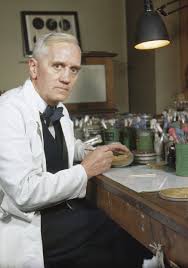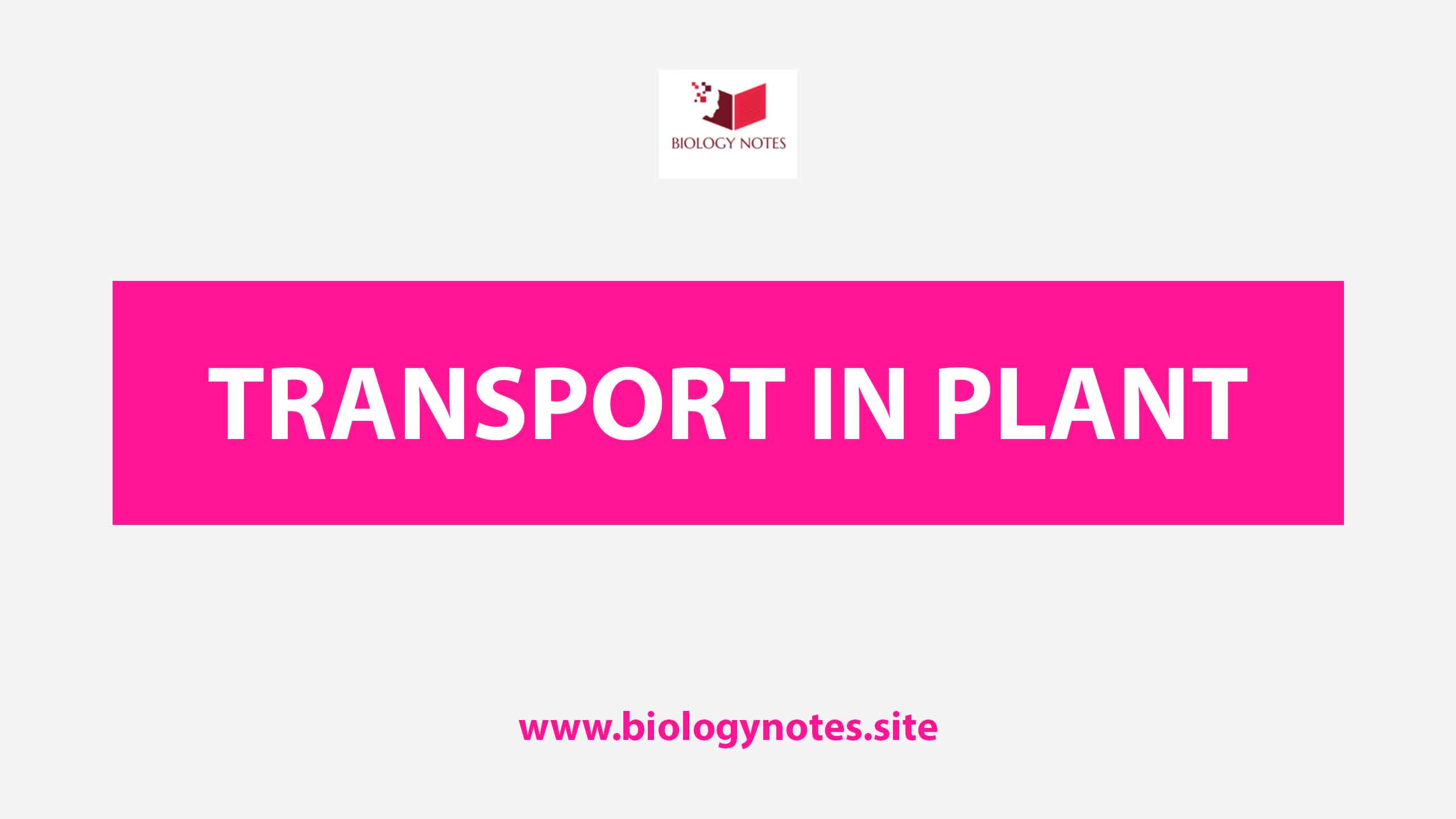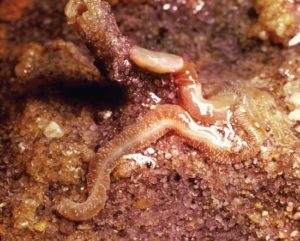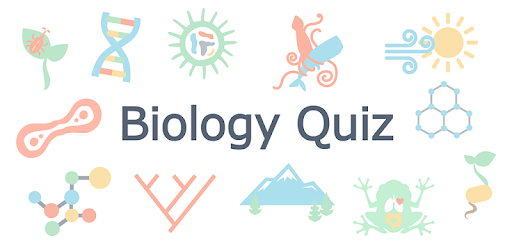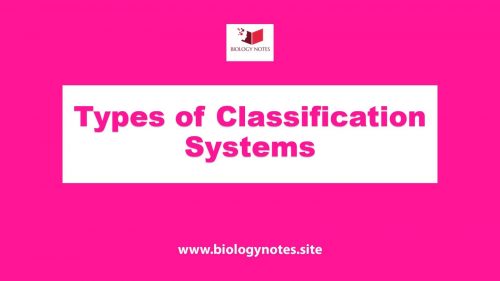Category: Biology

How do plants know when to flower?
Phytochrome, a blue-green pigment, is part of a switching mechanism for phototropic responses to light of red and far-red wavelengths. Its active form, Pfr might trigger the secretion of one or more hormones that induce and inhibit flowering at different times of yeat. The main environmental cue for flowering is the length of night, i.e.…

Sir Alexander Fleming
(August 6 , 1881 – March 11, 1955) Early life and Education Sir Alexander Fleming was a Scottish physician, microbiologist, and pharmacologist, who was born on August 6, 1881 at Lochfield farm near Darvel, in Ayrshire, Scotland. Alexander was the third of four children of farmer Hugh Fleming (1816–1888) from his second marriage to Grace…

Quiz On Transport in plant

Q & A on Components of Cytoplasm
Which organelle divides and compartmentalizes the cell? The endomembrane system, which fills the cell and divides it into compartments, and is visible only through electron microscopy. The endoplasmic reticulum (ER), a series of interconnected membranous tubes and channels in the cytoplasm, is the largest and most extensive system of the internal membranes. What is the function of the endomembrane…

Phylum Hemichordata
Hemichordates are vermiform, solitary or colonial enterocoelous coelomate animals having intra-epidermal nervous system and a pre-oral gut with or without gillslits and without typical nephridia. Due to some similarities with chordates, some workers (Bateson, 1885) considered Hemichordata as a subphylum of the phylum Chordata. Alliance with the chordates was based on the presence of gill…

Movement of Substances Quiz

Types of Classification System
Biological classification is the scientific procedure of arranging organisms into groups on the basis of their similarities and dissimilarities and placing the groups in a hierarchy of categories like species, genus, family, etc

Type of Classification System Quiz
Welcome to our “Type of Classification System Quiz!” Are you ready to explore the diverse methods used to categorize everything from living organisms to data sets? Classification systems are essential tools that help us organize and make sense of the world around us. In this quiz, we’ll dive into various types of classification, from biological…

MCQ on Respiration in plant
Q1: Which organelle in plant cells is primarily responsible for cellular respiration? (A) Chloroplast (B) Mitochondrion (C) Vacuole (D) Nucleus Answer: (B) Mitochondrion Explanation: Mitochondria are the main sites of cellular respiration in plant cells, where ATP is produced. Q2: During respiration, what is the primary substrate used by plants to generate energy? (A) Oxygen…
Biotechnology: Principles and Processes Quiz
[wp_quiz id=”4960″]
EXCRETORY PRODUCTS AND THEIR ELIMINATION QUIZ
Phylum Protozoa
Protos—first, Zoan—animal, First animal phylum Study of protozoans called Protozoology Father of protozoology – Antony von Leeuwenhoek Term Protozoa was assigned by Goldfuss Protozoa belong to Kingdom Protista of Haeckel Single-celled, solitary or colonial, eukaryotes Important characters Size ranges from 1µ to 5000µ Aquatic – freshwater or marine forms, or endoparasites Grade of organization– protoplasmic…


